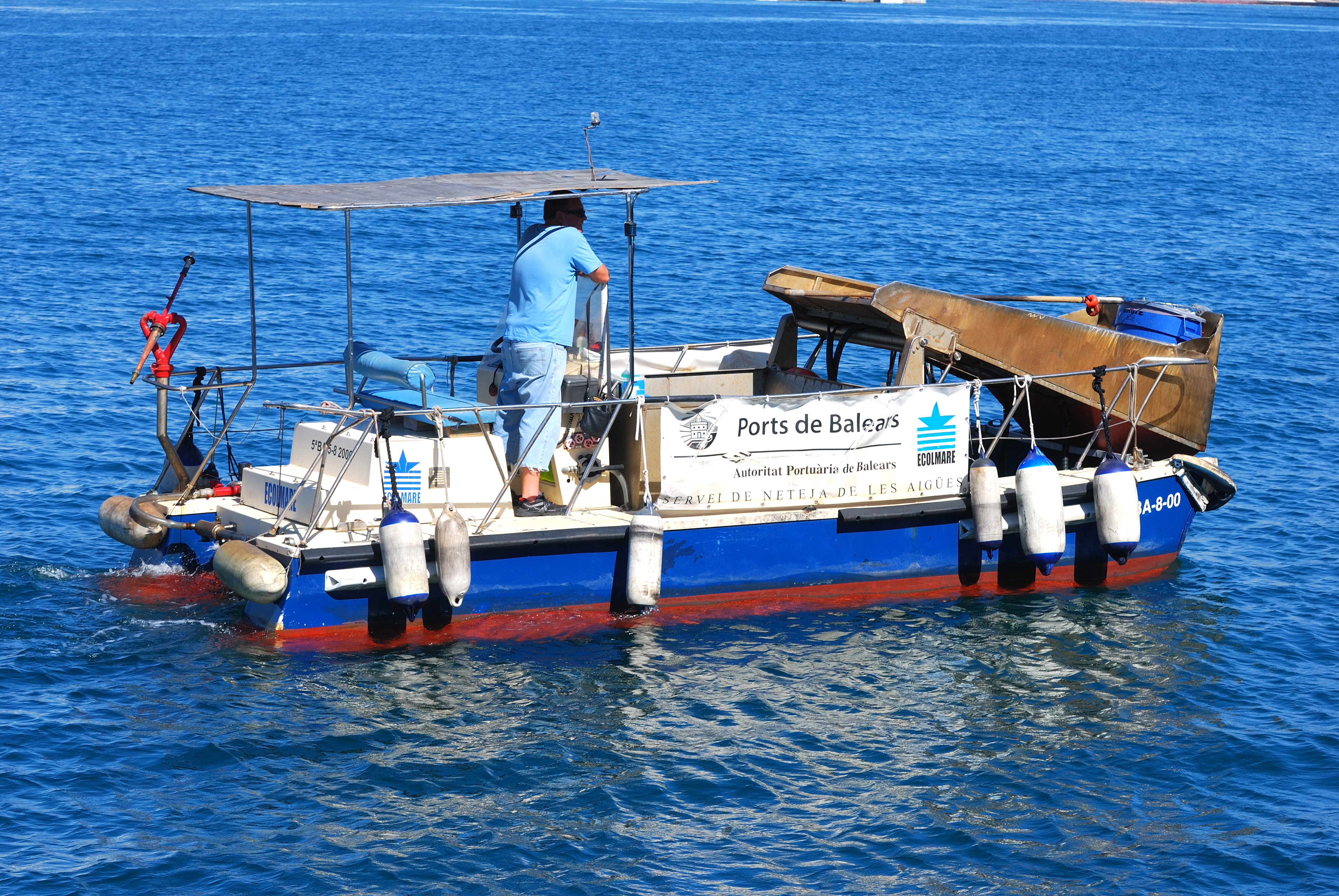
The APB has collected 185 m³ of waste over the last year in the port of Palma
Palma
26/10/2017
The Port Authority of the Balearic Islands (APB) has collected over the last year 185 cubic metres of waste in Zone I of the waters in the port of Palma, compared to 298 cubic metres over the same period the year before. This data shows that the waste removed from the sea between July 2016 and July 2017 has been 38% less than that collected during the same period between 2015 and 2016.
In both cases, the most common materials removed from the sea have been plastic and wood (108 m³ of plastic and 47 m³ wood in 2017 and 165 m³ plastic and 72 m³ wood in 2016). The months which produce the greatest amount of waste recorded were August in 2016 (33.2 m³) and June in 2017 (31.3 m³).
In addition to the daily removal of waste and solid and floating material, the cleaning work in Zone I of the port of Palma involves the treatment of the waste removed and its classification into containers and plastic, hazardous material, paper and cardboard, glass, organic waste, wood and bulky items, hydrocarbons and others.
The APB has a service which allows a vessel with a net device integrated on its bow to perform cleaning work, collecting floating material in the most efficient way. It makes 130 trips every year (every working day), working for 8 to 10 hours at a time. In addition, in the event of an emergency, the vessel performs additional monitoring and assistance services.
External Agents
For the Port Authority of the Balearic Islands (APB), keeping the water in the ports it manages in good condition continues to be among its top priorities. At present, the Balearic Centre of Applied Biology (CBBA) is responsible for monitoring and controlling the water quality in the 5 ports of general interest in the Balearic Islands.
This initiative fulfils Directive 2000/60/EC of the European Union which requires member states to monitor the condition of the water in each river basin.
Previous studies indicate that the quality of the water in the ports managed by the APB are ideal and fulfil the European directives, and also that the vast majority of polluting agents come from dirt on the streets of towns, dragged along by rain towards torrents creating what is known as anoxic mud, which sinks and ends up settling at the bottom of the ports.
The key aim of this directive is to protect the surface water in estuaries, coasts and groundwater throughout the whole European Union in order to promote sustainable consumption of the resource and ensure improvement in aquatic ecosystems.
Spanish ports, together with all other ports in the EU, have been working on introducing environmental requirements with regards to port management since the beginning of the 1990s. The result is ROM 5.1 on the Quality of coastal waters in Port Areas, a regulation that the APB applies and hands over to the CBBA.
In this way, ports can contribute to the sustainability of transport by reducing the environmental impacts on ports, implementing improved prevention, control and management of environmental risks and, ultimately, making it easier for ports to meet the requirements of environmental legislation.






